Introduction
Bringing a new rescue dog into your home is a heartwarming experience filled with the promise of companionship and love. However, it can also be a challenging transition for both you and your furry friend. As a new dog parent, you want to ensure that your rescue dog feels safe, loved, and comfortable in their new environment. Let’s dive into the steps you can take to help your new rescue dog adjust to their new home.
Understanding Your Rescue Dog
First and foremost, it's essential to understand your rescue dog's background and history. Many rescue dogs have experienced trauma, neglect, or abandonment. This can manifest in various behaviors and reactions, such as anxiety, fear, or shyness. Patience and empathy are crucial during this time.
Preparing Your Home for a New Rescue Dog
Before bringing your rescue dog home, it's important to create a welcoming and safe environment. Start by setting up a cozy space where your dog can retreat and feel secure. This could be a quiet corner with a comfy bed, blankets, and some toys.
Ensure you have all the necessary supplies, such as food and water bowls, a leash and collar, toys, and grooming tools. Dog-proof your home by removing any hazardous items and securing loose wires or fragile objects.
The First Day Home
The first day home is a significant milestone for your rescue dog. Keep things calm and quiet to avoid overwhelming them. Allow your dog to explore their new surroundings at their own pace. Offer gentle encouragement and lots of praise.
When introducing yourself, speak softly and move slowly. This helps set a positive tone for your relationship. Avoid overwhelming your dog with too many new experiences or people on the first day.
Establishing a Routine
Dogs thrive on routine, and establishing a consistent schedule will help your rescue dog feel more secure. Set regular times for feeding, bathroom breaks, walks, and playtime. Consistency helps your dog understand what to expect and reduces anxiety.

Building Trust and Bonding
Building trust with your rescue dog takes time and patience. Engage in gentle interactions and use positive reinforcement techniques, such as treats and praise, to encourage good behavior. Spend quality time together through activities like walking, playing, or simply sitting together.
Introducing New Family Members
When introducing your rescue dog to other pets or family members, do so gradually. For other pets, allow them to sniff each other from a distance and monitor their interactions closely. For children, teach them to approach the dog gently and respectfully. Positive first impressions are key to harmonious relationships.
Training and Behavior Management
Training is essential for helping your rescue dog adjust to their new home. Start with basic commands like sit, stay, and come. Use positive reinforcement to reward good behavior. Address any anxiety or fear-based behaviors with patience and understanding. If needed, seek professional training assistance to guide you through the process.
Health and Wellness
Schedule your rescue dog's first vet visit within the first week. This ensures they are healthy and up-to-date on vaccinations. Discuss a suitable diet plan with your vet to keep your dog in optimal health. Regular health checks and a balanced diet are fundamental to your dog's well-being.

Socialization
Socialization is a critical aspect of your rescue dog's adjustment. Introduce them to new people, environments, and experiences gradually. Dog parks, social outings, and group training classes can help your dog become more comfortable in different settings.
Addressing Common Issues
It's not uncommon for rescue dogs to face issues such as separation anxiety, destructive behavior, or excessive barking. For separation anxiety, gradually increase the time you spend away from home. Provide chew toys and safe items to alleviate destructive behavior. For barking, identify triggers and work on desensitizing your dog to them.
Long-Term Adjustment
Monitoring your rescue dog's progress over time is essential. Celebrate milestones, such as learning a new command or successfully socializing with another dog. Adjust routines as needed to accommodate your dog's evolving needs and comfort levels.
Support Systems for Dog Parents
As a dog parent, it's important to seek support when needed. Join local or online communities of dog parents to share experiences and advice. Professional resources, such as trainers or behaviorists, can provide valuable guidance. Don't forget to take care of your emotional well-being, as adjusting to a new dog can be a demanding process.
Conclusion
Helping your new rescue dog adjust to their new home is a rewarding journey that requires patience, empathy, and consistency. By understanding your dog's background, preparing your home, establishing routines, and building trust, you'll create a loving and secure environment for your furry friend. Remember, every small step forward is a significant achievement. Enjoy the process and cherish the bond you are building with your rescue dog.
FAQs
How long does it take for a rescue dog to adjust?
The adjustment period for a rescue dog varies. It can take a few weeks to several months for them to fully settle in and feel comfortable. Patience and consistency are key during this time.
What if my rescue dog shows signs of aggression?
If your rescue dog shows signs of aggression, consult with a professional trainer or behaviorist. They can help identify the root cause and develop a plan to address it safely.
How can I help my rescue dog with separation anxiety?
To help a rescue dog with separation anxiety, start by leaving them alone for short periods and gradually increase the time. Provide them with toys and comfort items, and create a safe space where they feel secure.
Should I crate train my rescue dog?
Crate training can be beneficial for many rescue dogs as it provides a safe, den-like environment. Introduce the crate gradually and make it a positive experience with treats and praise.
How do I know if my rescue dog is happy?
Signs of a happy rescue dog include relaxed body language, a wagging tail, playful behavior, and a good appetite. Regular vet check-ups can also ensure they are healthy and content.


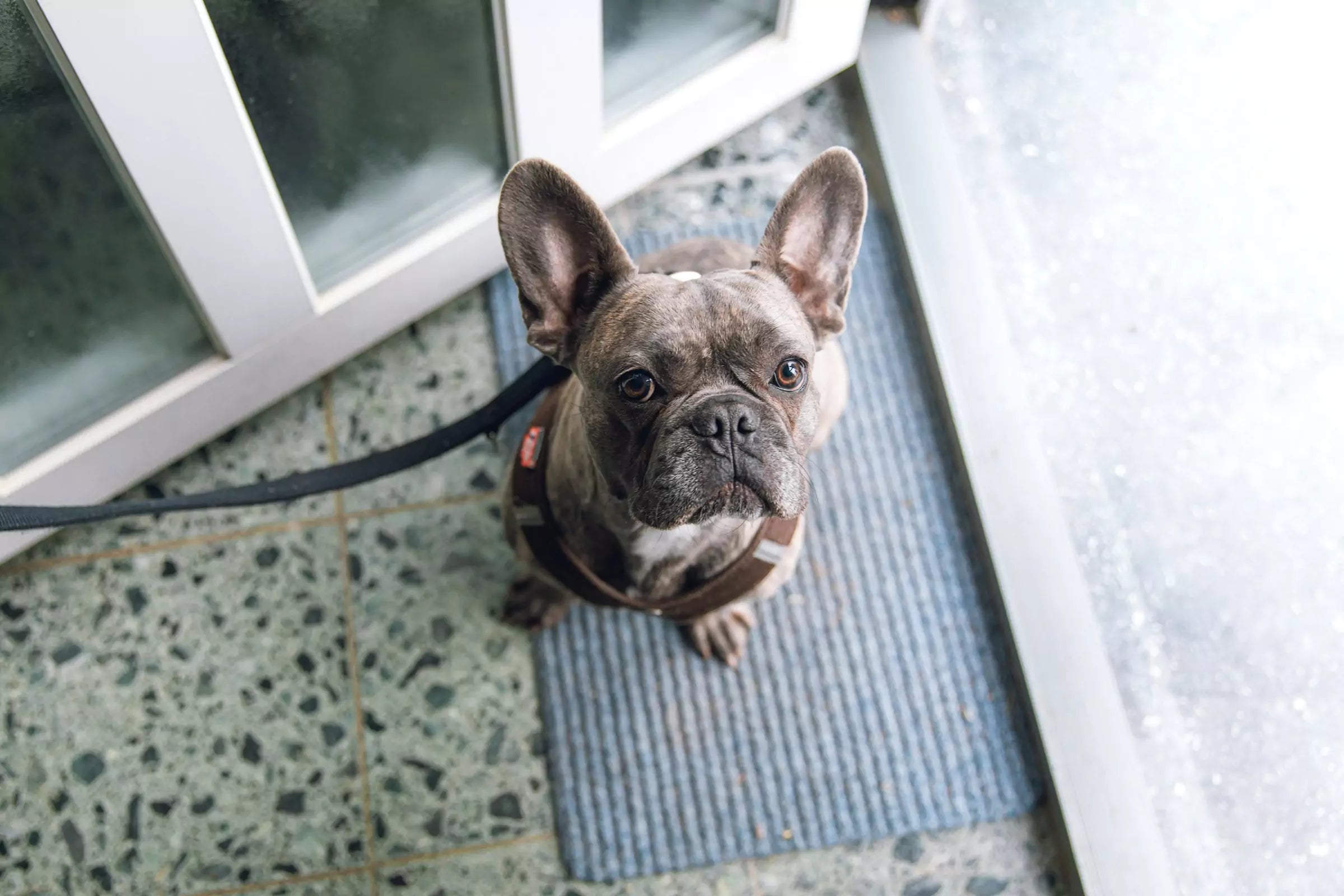

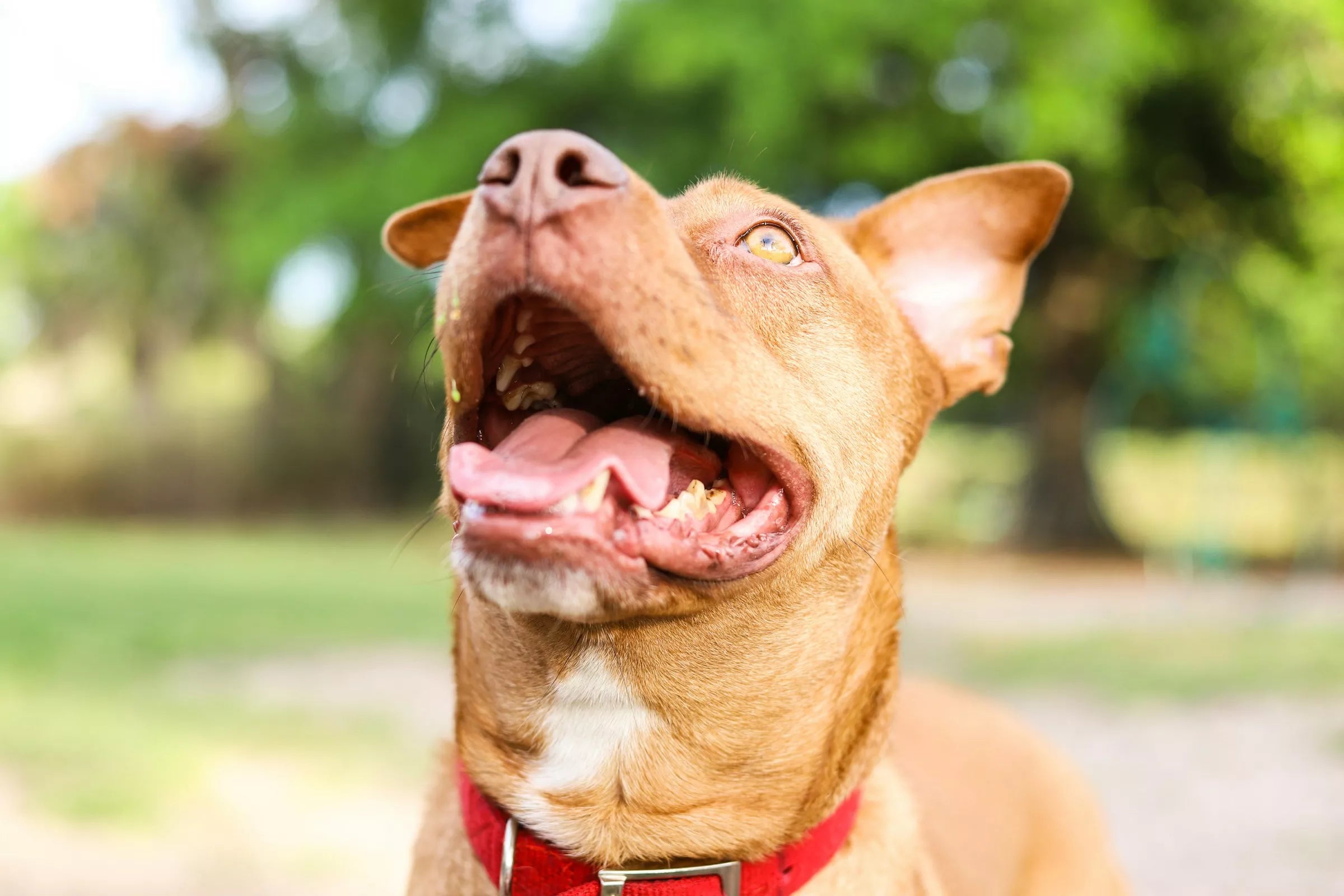

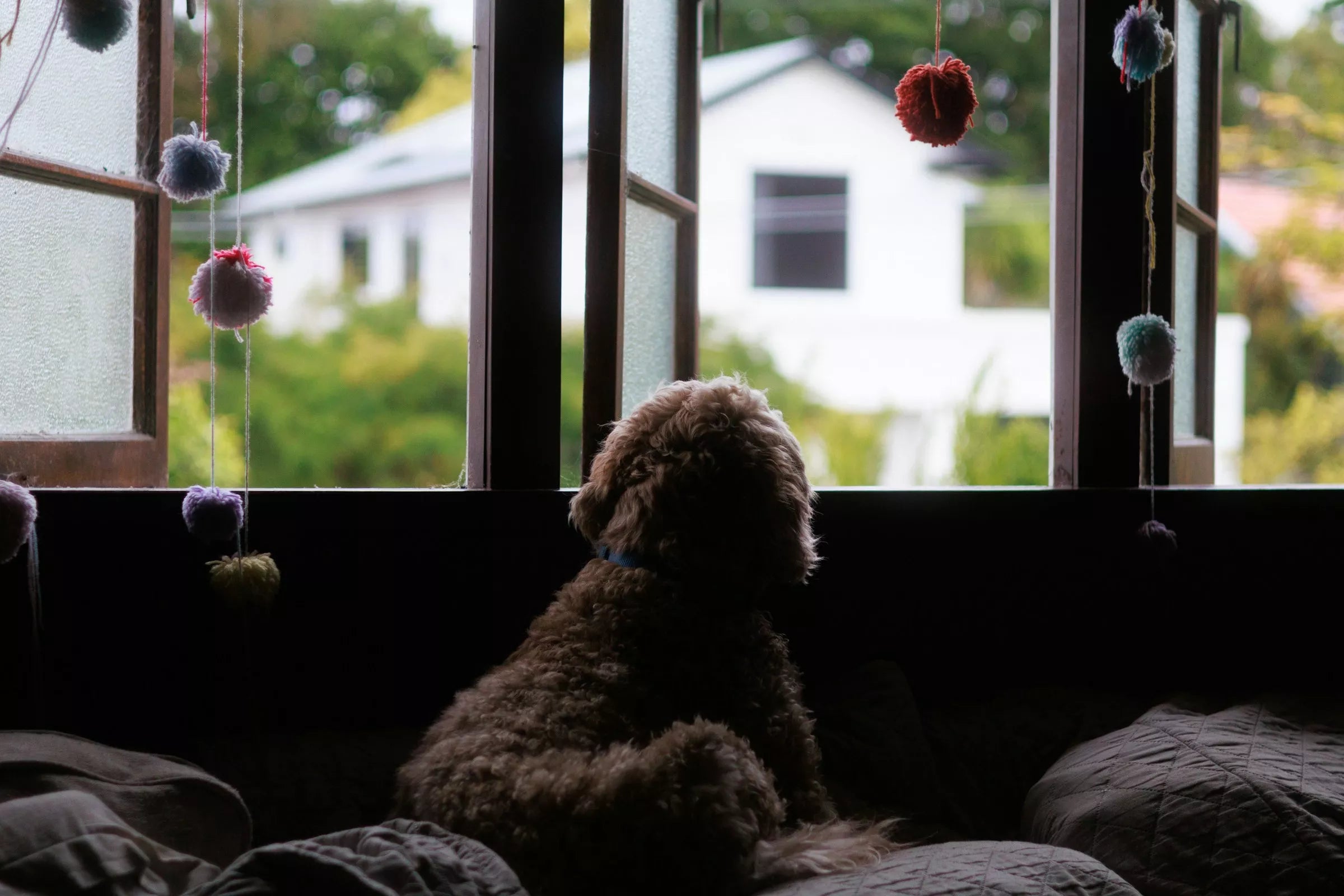
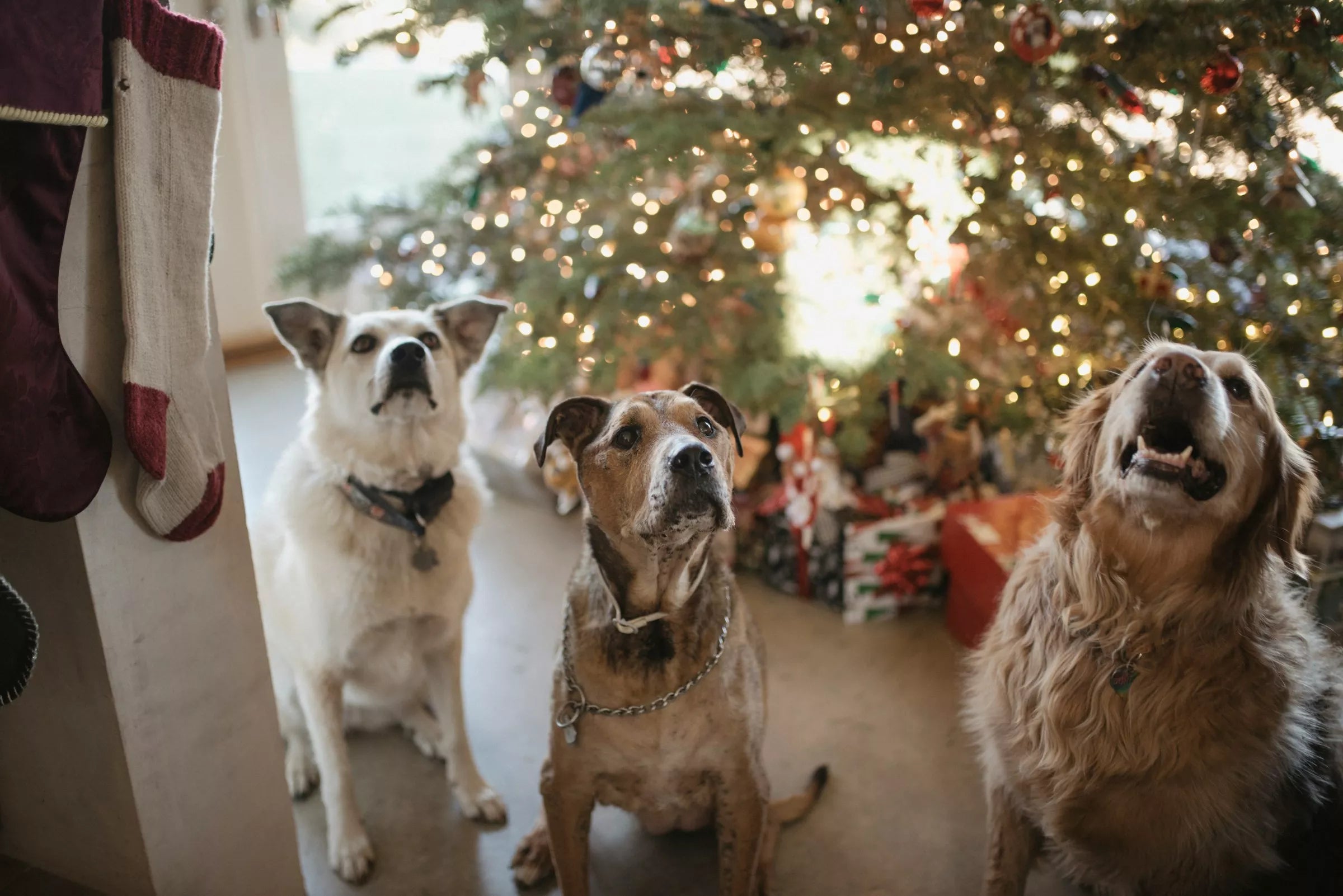
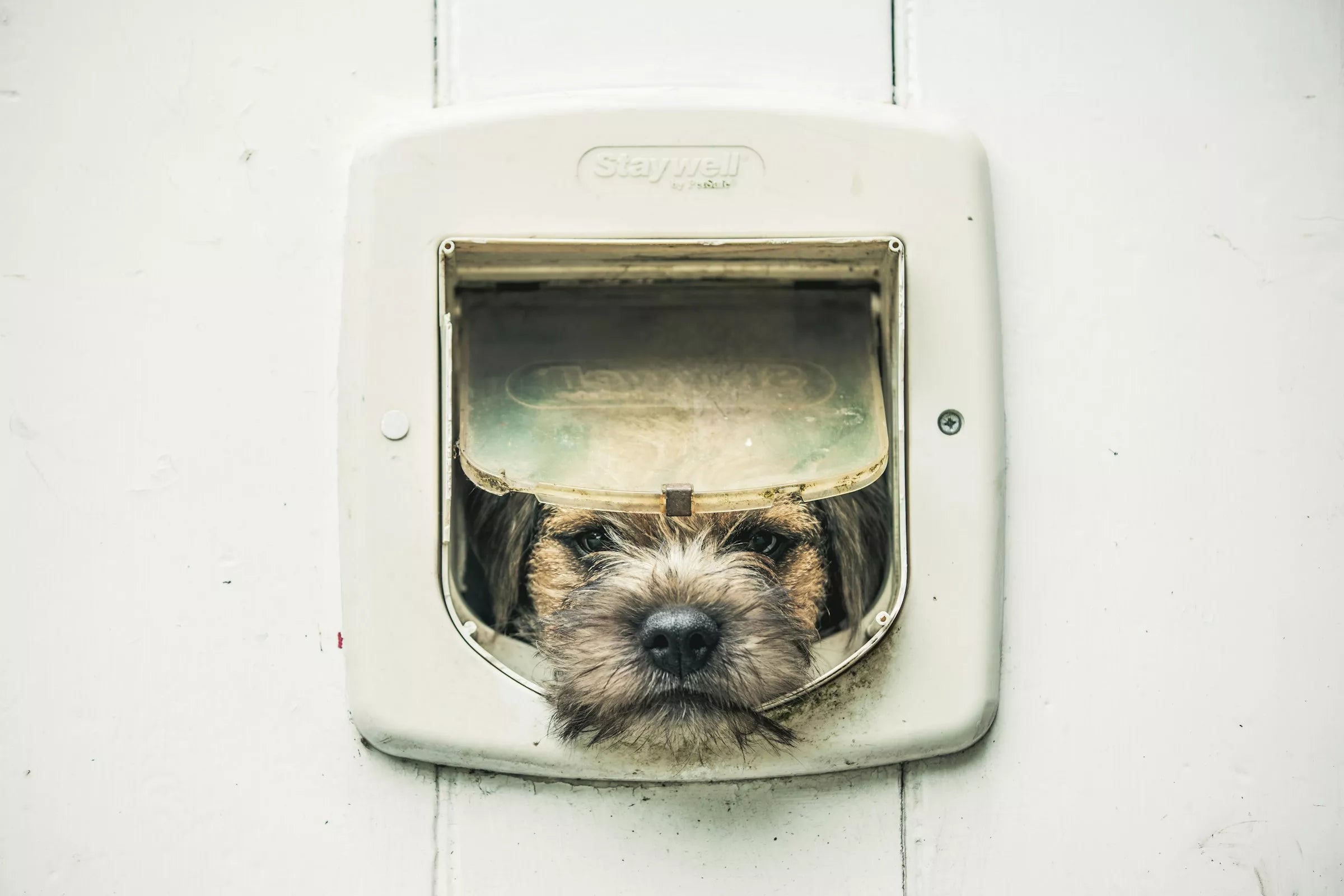






Share:
What Are the Best Supplements for Aging Dogs?
How Can I Keep My Dog Entertained While I’m at Work?